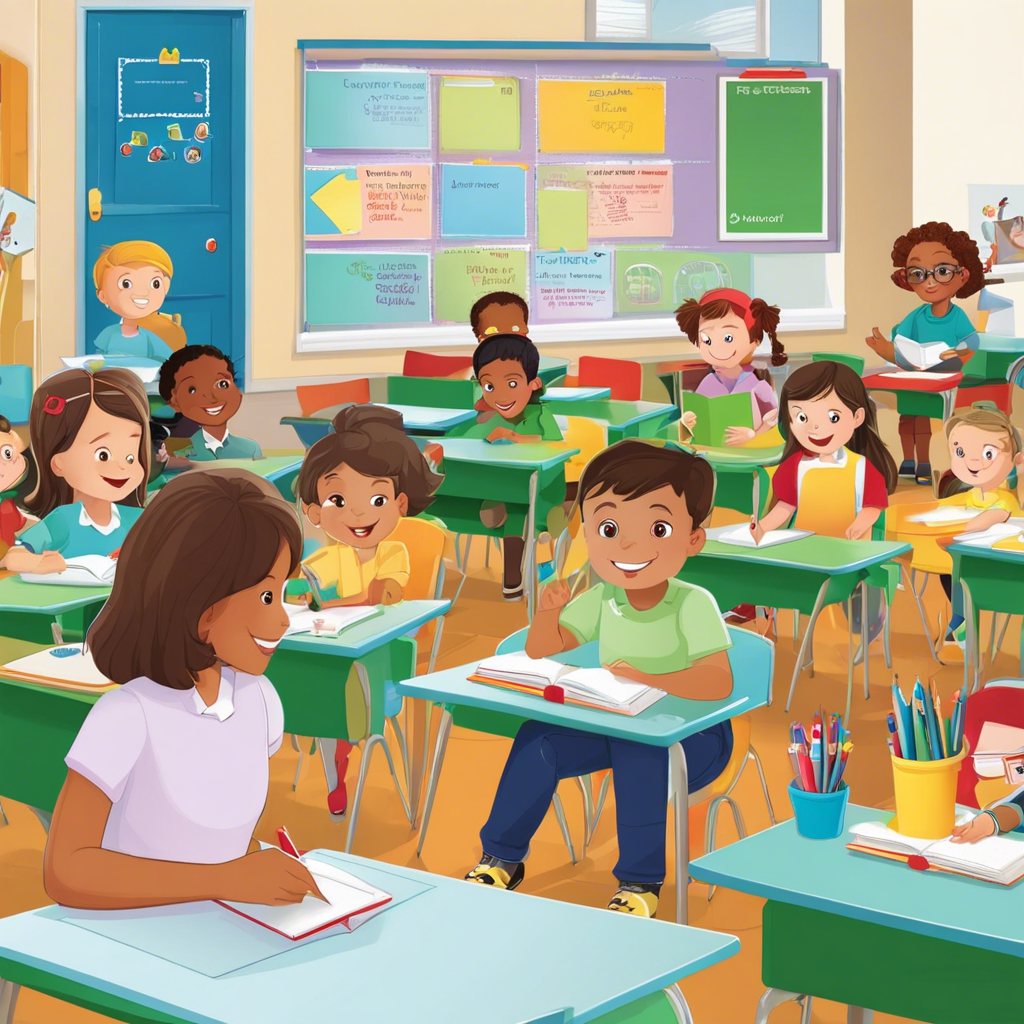Multi-age classrooms offer a unique learning environment, fostering student growth through collaboration and diverse interactions.
The traditional single-grade classroom has long been the norm in education systems worldwide. However, an innovative approach to learning, known as multi-age classrooms, is gaining traction. This progressive education model brings together students of different ages and grade levels, offering a unique and dynamic learning environment. The effectiveness of multi-age classrooms in promoting student growth and development has been a topic of growing interest among educators, researchers, and parents. By fostering a sense of community and collaboration, multi-age classrooms provide an environment where students can learn from and with each other, enhancing their academic, social, and emotional skills.
In this article, we will explore the concept of multi-age classrooms, examining their benefits, challenges, and impact on student learning. We will also delve into real-life case studies and research findings to provide a comprehensive understanding of this educational approach.
Benefits of Multi-Age Classrooms
Multi-age classrooms offer a myriad of advantages that contribute to the holistic development of students.
Enhanced Social Skills and Emotional Intelligence
One of the most notable advantages of multi-age classrooms is the opportunity for students to interact with peers of various ages. This setting fosters the development of social skills and emotional intelligence, encouraging empathy, cooperation, and understanding. When students are exposed to a diverse range of personalities and perspectives, they learn to navigate social interactions with increased confidence and sensitivity.
Real-Life Example
Consider a classroom where a fifth grader helps a second grader with a math problem. This interaction not only boosts the older student’s leadership skills but also cultivates patience and a sense of responsibility. The younger student, in turn, benefits from peer-to-peer learning and gains a sense of accomplishment.
Personalized Learning Experiences
Multi-age classrooms allow for a more flexible curriculum and teaching methods. Teachers can cater to individual student needs, ensuring that each child progresses at their own pace. This personalized approach often leads to improved academic outcomes and a deeper understanding of the subject matter.
Research Insights
According to a study by the National Education Association (NEA), multi-age classrooms can enhance student engagement and motivation. The research suggests that students in such environments are more likely to take ownership of their learning, resulting in improved academic performance.
Challenges and Implementation Strategies
While the benefits are substantial, implementing multi-age classrooms presents certain challenges.
Curriculum and Assessment
Designing a curriculum that caters to multiple grade levels requires careful planning. Teachers need to ensure that each student’s learning goals are met, with assessments tailored to individual needs. This may involve a more nuanced approach to teaching and evaluation.
Training and Support for Teachers
Educators play a pivotal role in the success of multi-age classrooms. Providing teachers with specialized training and ongoing support is essential. This includes professional development opportunities and access to resources for implementing effective teaching strategies.
Teacher’s Perspective
“Teaching in a multi-age classroom has been both challenging and rewarding. It demands a high level of organization and creativity, but seeing students thrive in a collaborative environment makes it all worthwhile.” — Ms. Emily Smith, Educator at Green Valley Elementary School
List of Potential Challenges and Solutions
–
Managing Diverse Skill Levels:
Teachers can employ differentiated instruction techniques to cater to varying skill levels.
–
Classroom Management:
Establishing clear expectations and routines helps maintain a structured learning environment.
–
Parental Concerns:
Schools should provide resources and information sessions to address parental questions and concerns.
Case Studies: Real-World Success Stories
Several schools and educational institutions have successfully implemented multi-age classrooms, yielding impressive results.
Montessori Schools
The Montessori method, pioneered by Dr. Maria Montessori, has long embraced multi-age classrooms. These classrooms encourage children to learn at their own pace, fostering independence and a love for learning. Numerous studies have shown that Montessori graduates possess strong academic skills and heightened creativity.
Project-Based Learning in Multi-Age Settings
Many schools are adopting project-based learning in multi-age classrooms. This approach allows students to work on collaborative projects, fostering teamwork and problem-solving skills. A study by the Buck Institute for Education found that project-based learning improved student engagement and critical thinking abilities.
External Resources
–
Multi-age Classrooms: Benefits and Challenges by Edutopia explores the advantages and potential issues.
–
Multi-Grade Classrooms: Advantages and Disadvantages from the National Education Association provides insights into teacher perspectives.
–
Multi-Grade Classrooms and Their Advantages offers a concise overview of the benefits.
Q&A: Addressing Common Concerns
Do multi-age classrooms hinder academic progress?
On the contrary, research suggests that multi-age classrooms can enhance academic performance. The personalized learning approach ensures that each student receives tailored instruction, fostering a deeper understanding of the curriculum.
How do teachers manage the varying learning needs of students?
Teachers in multi-age classrooms employ differentiated instruction strategies. This means adapting teaching methods and materials to cater to individual student needs. Regular assessments and progress tracking allow teachers to monitor and support each child’s learning journey.
Conclusion: Embracing the Benefits of Multi-Age Learning
Multi-age classrooms offer a unique and enriching educational experience. By promoting collaboration, emotional intelligence, and personalized learning, these environments contribute to the holistic development of students. While challenges exist, the benefits of multi-age classrooms are compelling, as evidenced by numerous success stories and research studies.
As the education landscape continues to evolve, embracing innovative approaches like multi-age classrooms can foster a more inclusive, engaging, and effective learning environment for students of all ages.
